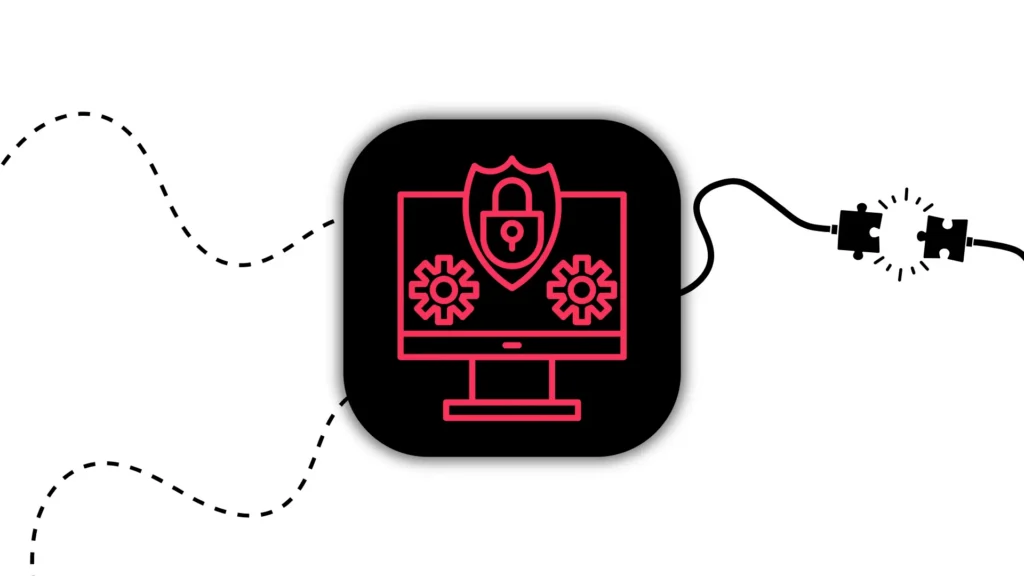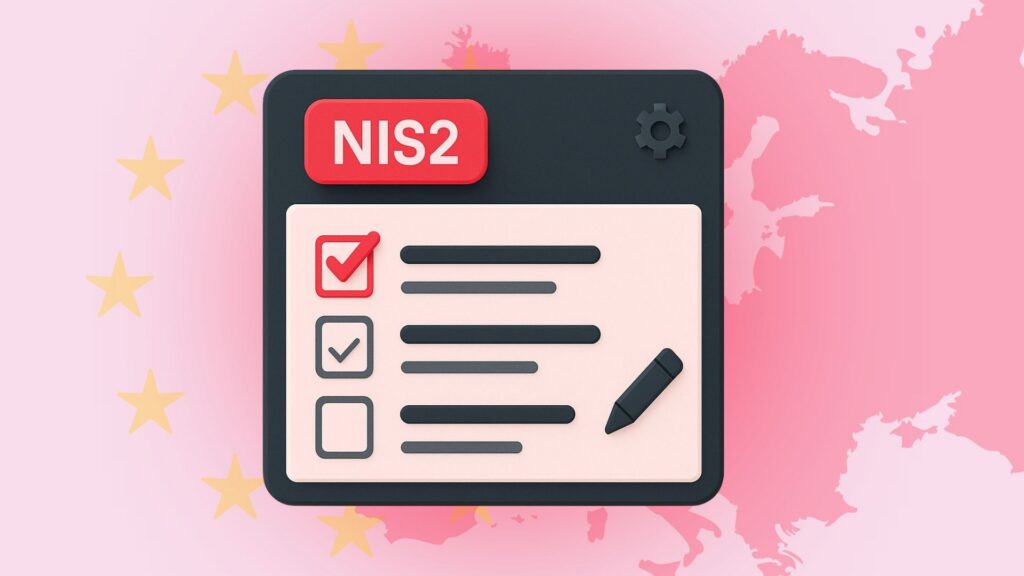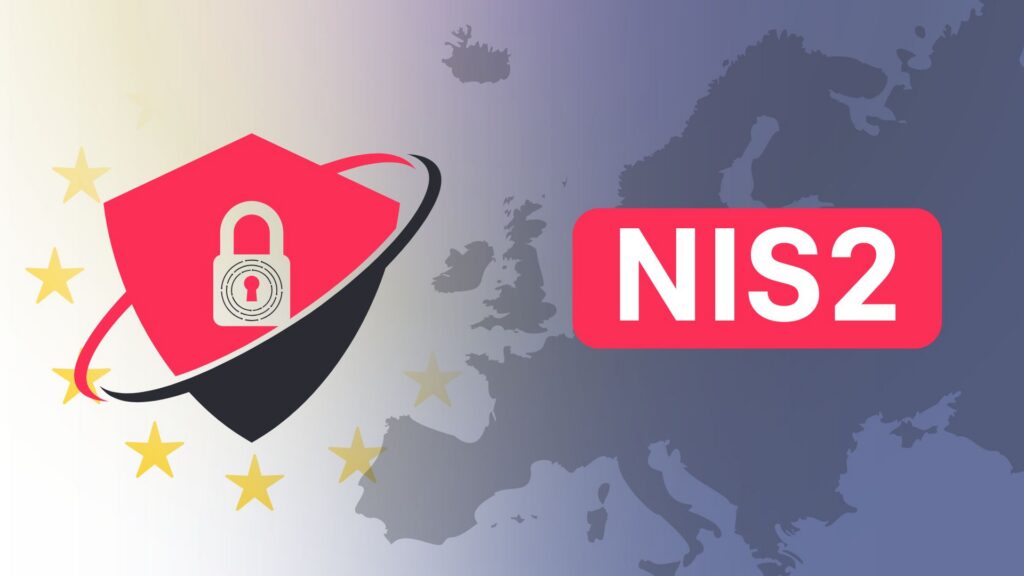The e-Commerce landscape has been booming globally for the past 2 years. Sales volumes rose to a record-high $4.9 trillion in 2021 (Statista) and by 2025 the numbers are projected to leap to a staggering $7.4 trillion – about a 50% increase.
In Belgium and the Netherlands, things are looking encouraging as well. According to EcommerceDB, Belgian and Dutch e-commerce markets have grown 14% year-over-year and are showing no signs of stopping.
Now, a promising future goes along with another obvious trend in the industry. Big players take the biggest slice of the pie – 3 large vendors hold 25% of the market share in both markets. In Belgium, Bol, Coolblue, and Zalando enjoy market leadership. Quite the same affairs are found in the Netherlands where, again, Bol and Coolblue are accompanied at the top by the largest Dutch supermarket chain, Albert Heijn.
So, as sure as eggs are eggs, the largest sales volumes are in the hands of few – a lay of the land very common across most of the eCommerce markets worldwide. Think Amazon and Walmart in the USA or Alibaba and Meituan in China – things are more or less the same everywhere.
Big fish + small fish = win-win
With regards to the market dominance trend just described, the question – and a darned straight-thinking one – arises. How does any small company, let alone a newly founded eCommerce store, compete with big players?
At a first glance, winning for big players looks like shooting fish in a barrel. Thanks to their production size and efficiency, big brands have economy of scale working to their advantage. Likewise, they appeal to customers’ wishes like Genie thanks to the abundance of resources – same-day delivery, free shipping, flexible pricing, personalised recommendations, you name it. This is where the small players are having a hard time staying relevant. And it’s common sense. They lack financials and fine-tuned infrastructure with warehouses, manpower, and distribution centers pushing the locomotive.
But, despite the feeling, let us assure you – it doesn’t have to be a head-to-head competition. Rather, a cooperative partnership where you leverage the marketplace offered by the 25%-ers – the big companies. Emerging businesses that succeed grow their commerce, not despite the big fish supremacy, but thanks to it.
You can leverage the 25%
As stated, in Benelux, a quarter of the market is ruled by the top 3 vendors. They have the largest customer base, marketing power and a lot of financial stamina. Not to mention they’re automated in most crucial areas and well ahead of the competitive curve.
All of them – and we mean all of them – want to generate more profits by diminishing costs. And for that to occur they need other active participants in the marketplace.
Because they are constantly reaching further, they need to diversify – both their assortment and operations. To reach more customers, most big vendors are actively inviting partners to promote and sell products on their marketplaces. They provide exposure, lower advertising costs, warehouse rental, or order fulfilment services and, in turn, expect a share in the revenue.
When you win, they are winning too.
So to sort out the right opportunities, first answer the following questions when you engage in research.
- Which big e-commerce vendors in my region (not just the country) have partnership programmes?
- Do they have a listed category that our products fall into and what does it look like?
- Are they missing a type of product I am representing? If not, how competitive is the landscape and does our product pricing fit within their pricing ranges?
- What are the terms and conditions?
- What other complementary and valuable services are these big vendors offering?
- Is it possible to automate processes with these large platforms (product management, pricing, stock management, etc.)?
Answering the questions above will already give you a more educated head-start to decide what vendor to go for. Having it down on paper will open doors to high-quality revenue streams and new growth opportunities.
What about your own e-shop?
You might ask “What happens to my own e-shop, once I start selling my products on a big platform with, say, lower prices?”. We assure you – nothing bad.
Online sales is a multi-faceted and ever-changing world – not a one-dimensional feat. You’re chasing customers and not all of them spend time on your website. Therefore, having your eggs in multiple baskets is a good rule of thumb. If thinking about it, then the popularity of the products you sell regionally will eventually boost your own e-shop sales as well as the product becomes more popular, it is easier to stand out in search engines and consumer awareness rises thanks to the big platforms that do marketing pretty much for you.
To remain successful on both ends, it’s important to modify your business value proposition to fit different audiences. The customers on your own e-shop are maybe different from the audience on big vendor marketplaces. Take their differences into account and adapt. Also, consider doing the following on your own e-store:
- Specialize – focus on niche products and categories. It’s a winning formula. Better to attract a few right ones, than to try to appeal to everybody
- Personalize – provide exceptional customer support and consultancy. You don’t need to provide 24/7 customer support. It’s better to make sure you always take the extra step that large vendors can’t due to a large number of ongoing requests
- Cooperate – find the right business partners to enable the most convenient shipping and payments methods, offer affiliate programmes, and perhaps even reach out to influencers within your niche
- Track and adapt – you have one huge advantage over the larger vendors – your agility. Keep track of your numbers constantly with BI tools and analytics- Test the waters, see what works, and make changes.
The time to act is now
The e-commerce sector is booming – that’s a fact.
The best time to act and jump onboard this rollercoaster is today. Act now and you’ll tap into the yet-growing market before your competitors do. Diversifying revenue streams and managing them well, seems like just the right way to act.
Similar insights

How to Pitch and Get Your Ideas Approved at Work
12/11/2025
12 AI Cyberattacks That Made CEOs Very Cautious
21/10/2025
14 Books Smart Tech Leaders Are Reading This Fall
07/10/2025
Protect Your Crown Jewels: The Heart of Your Cybersecurity
15/09/2025
How Renown Business Executives are Using AI?
12/08/2025
Think You’re Secure? PEN Testing Will Tell You
15/05/2025
NIS2 Compliance: A Simple Guide to Get It Done Right
15/05/2025
NIS2 Directive Explained: What Your Business Needs to Do Now
29/04/2025
Net Group Expands into Germany and Acquires Cybersecurity Company
04/04/2025
Let the success
journey begin
Our goal is to help take your organization to new heights of success through innovative digital solutions. Let us work together to turn your dreams into reality.